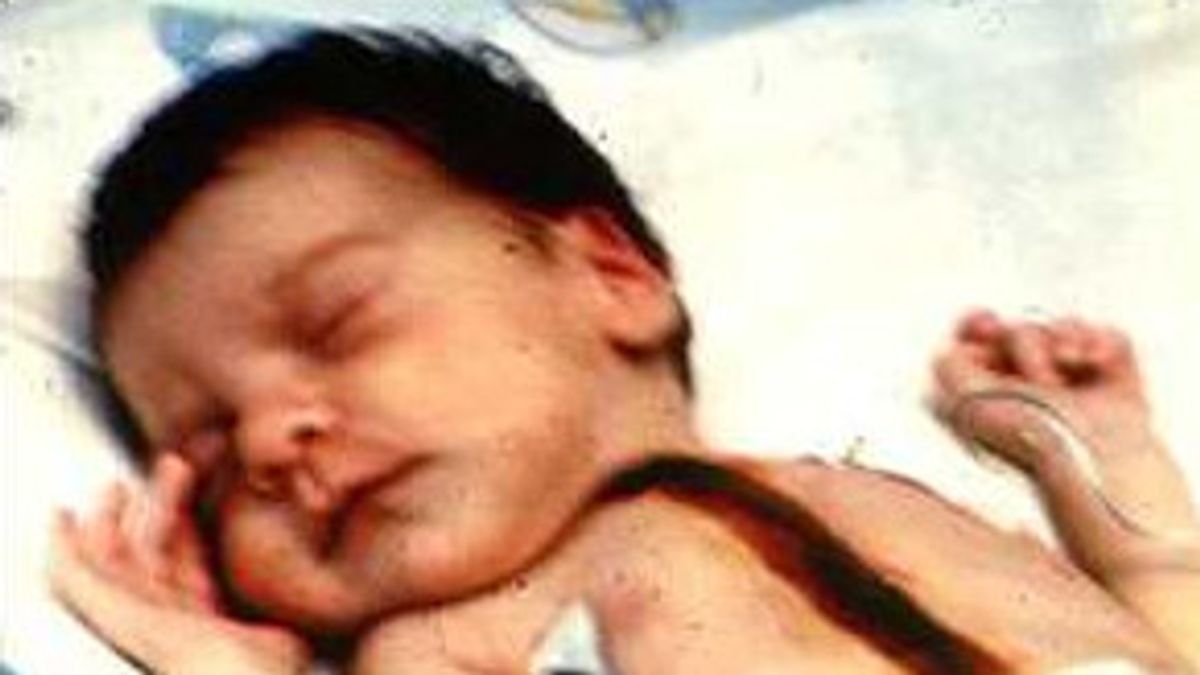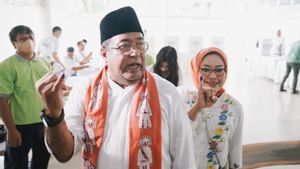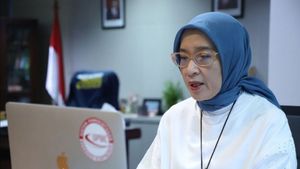JAKARTA - On October 26, 1984, a doctor named Leonard Bailey transplanted a baboon's heart into a baby named Stephanie Fae Beauclair. The public calls the baby Baby Fae. How did Fae have a baboon's heart?
Fae managed to live 21 days after the transplant surgery, two weeks longer than anyone who had a previous simian heart transplant. In Barstow, California, Fae was born three weeks prematurely with hypoplastic left heart syndrome.
This condition is a fatal defect, in which the left side of the heart does not develop. Usually babies with this condition are estimated to only live about two weeks. In fact, Fae's mother was given the choice to let Fae die in the hospital or at home. However Doctor Bailey had other options in mind.
Apart from his heart, Fae is in good health. The transplant will solve the problem. Still, baboon heart transplant is a taboo subject, even though transplant operations have been performed since 1967.
Bailey, who is a pediatric cardiac surgeon at Loma Linda University Medical Center in California, spent seven years researching xenografts or transplants from other species. Bailey's research includes more than 150 transplants in sheep, goats and baboons, many of which are interspecies.
The first interassimian and human transplant was performed in 1964. The transplant was successful, but the patient died a few hours after surgery. After that a similar transplant was performed only a few times. However, Bailey got permission to perform such a transplant on Fae.
Baboon's heartbeatWhen 12-day-old Fae's condition began to deteriorate on October 26, 1984, the medical team selected the baboon's heart and began transplant surgery. At 11:35 p.m. local time, "Fae's new heart began to beat spontaneously. It's really amazing," recalls Sandra Nehlsen-Cannarella, a transplant immunologist who worked with Fae.
Three other humans who received animal heart transplants - most recently in 1977 - failed. None of them lasted more than three and a half days. Bailey thinks babies with underdeveloped immune systems are less likely to reject foreign tissue than adults.
Fae's video was then shown on television and became a media sensation. Hundreds of people sent small greeting cards, flowers and money. Others expressed concern about the choice of baboons as donors.
Although Fae initially showed steady progress, her condition began to deteriorate 14 days after the transplant. Fae then died on November 16, 1984. Bailey then performed the first successful baby heart transplant the next one, in 1985.
After Fae's death, TIME wrote, “So, put an end to this amazing experiment that has caught the world's attention and made medical history. For three weeks a baby weighing 5 pounds (about 2.3 kilograms) has been surviving a baboon heart. two weeks longer than the previous animal's heart recipient. "
The English, Chinese, Japanese, Arabic, and French versions are automatically generated by the AI. So there may still be inaccuracies in translating, please always see Indonesian as our main language. (system supported by DigitalSiber.id)









